Rabbit hemorrhagic disease virus (RHDV) is a highly contagious and fatal disease of rabbits.
It was first discovered in China in 1984. Since that time it has moved through Eastern and Western Europe, has been found in Mexico and is currently responsible for isolated outbreaks in some regions of the United States. It was introduced in Australia in 1995 to control wild rabbit populations which resulted in a decrease of 90% of the wild rabbit population in Southern Australia within 18 months.
There are several strains of RHD. The current strain of concern in the US is RHDV2 which differs from previous strains as it affects both domestic and wild rabbits including hares, jackrabbits and cottontails. It is highly contagious, stable and results in 90-100% fatality.
Three vaccines have been developed for use against RHDV1 and RHDV2 in Europe. However, as the disease remains designated as a foreign animal disease here, they have not been approved for use in the United States. Vaccine development is currently underway in the US and we anxiously await it’s approval. It is currently unknown whether it will receive full approval, conditional approval or emergency use authorization. Until the release of an approved vaccine in the United States, it is under the discretion of the State Veterinarian to approve limited use authorization for importation of the European vaccine. Local and state veterinarians remain vigil for identifying cases within our State, and will lobby for permission to import the vaccine should we meet current acceptable criteria.
Until we either experience an outbreak in Virginia which should permit our State Veterinarian to allow importation of the European vaccine, or the US manufactured vaccine receives approval, we must both practice biosecurity measures and remain vigilant for evidence of the disease within our local populations.
What can you do:
-
Be on the lookout for evidence of RHDV2 in your pet rabbit. Symptoms of RHDV2 may include:
– Loss of appetite
– Lethargy
– High fever
– Seizures
– Jaundice
– Bleeding from nose, mouth, or rectume
– Difficulty breathing
– Sudden death -
House rabbits indoors if possible.
-
Do not allow pet, feral, or wild rabbits to come in contact with your rabbits or gain entry to your facility or home.
-
Always wash your hands with warm soapy water between handling animals and before and after entering your rabbit area.
-
Keep a closed rabbitry. Do not introduce new rabbits from unknown or untrusted sources.
-
If you bring new rabbits into your facility or home, keep them separated from your existing rabbits for a minimum of 2 weeks. Use separate equipment for newly acquired or sick rabbits to avoid spreading disease.
-
Control flies, rats, cats, dogs, birds, etc. that can physically move the virus around on their feet or body.
-
Do not collect outdoor forage materials to feed rabbits since it may be contaminated.
-
Source nutritional and bedding products from reputable sources and validate their RHDV prevention practices. (Oxbow quarantines all hay products for a minimum of 3 months)
-
Protect feed from contamination by flies, birds, rodents, etc.
-
Remove and properly dispose of (e.g., bury or incinerate) dead rabbits promptly.
-
When moving rabbits, disinfect all equipment and cages and properly dispose of bedding.
-
Sanitize all equipment and cages moved on or off premises.
This is a serious emerging disease in the United States. We are monitoring it’s spread and awaiting it’s inevitable appearance in Virginia. We are also monitoring the availability of vaccine in our state. If it becomes available, we will be certain to post this on our website, and social media. Until then, practice good biosecurity and report any suspicious cases.
For more information, visit www.Rabbit.org

